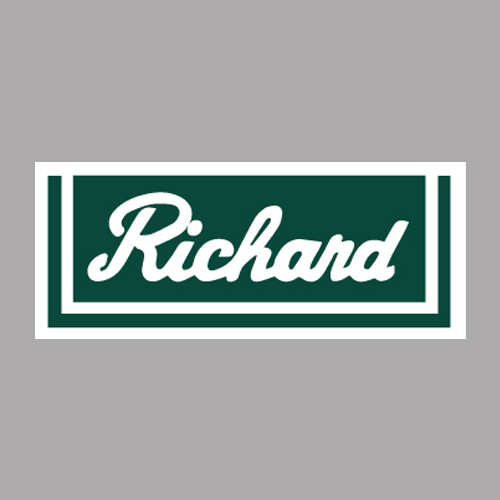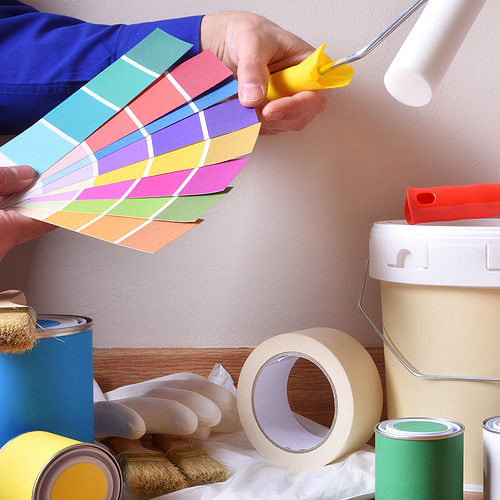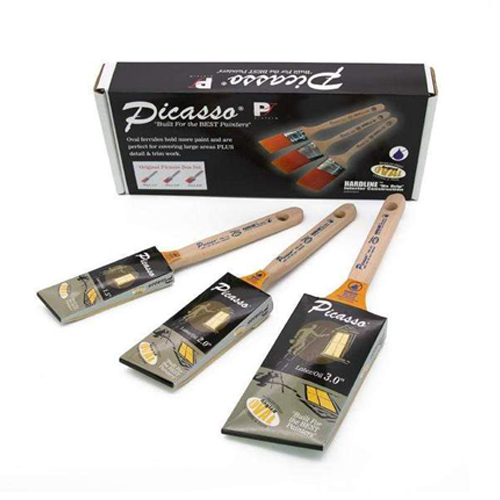Wood Stains
Stains are coloured sealants put on the wood. Stains bathe pigment into the wood fiber and are also considerably lighter than paints. This joining is the result of a chemical kind of reaction with a solvent. The color is attached to the wood after it has dried and cured. You'll find loads of selections for wood stain products. Interior wood stains can help you refinish that coffee table or your kitchen table and chairs. There are a number of applications for several wood stain jobs. With respect to the solvent base, the types of stains vary.
Oil-Based Stains
Oil-based indoor stain is often what people first think of when they hear the term “wood stain.” These items are readily available and simple to use. Oil-based stains are full of unpleasant chemicals so use them correctly and look at the labels. Be sure to invest in a respirator mask to utilize since oil-based products contain many harsh chemicals.
These stains generally consist of a linseed oil binder to enable plenty of cleanup time for excess before it dries. Oil-based stains can be implemented with a rag, or a cloth, or a brush.
This kind of stain is often used to recharge wooden furniture items. With a slower drying time, you will be able to achieve a uniform finish. Oil stains saturate much deeper compared to water-based stains. It provides a rich colouring that is capable of growing warmer with added coats.
Oil-based stain delivers a durable wood finish due to superior surface adhesion, supplying peeling resistance. Not having to eliminate other finishes before is yet another bonus of using oil stains. Basically thin the previous finish layer by using mineral spirits.
Water-Based Stains
Easy to clean and fast to dry, interior water-based stains are simple to work with. The only binding agent in this product is water. This will make the product simple to thin or clean up with water. Water-based goods are much more environmentally friendly compared to oil-based. These stains are designed to resist mold and mildew. Small projects reap the benefits of these stains’ fast drying time. They can be applied with a rag or a brush. These stains don’t permeate the wood nearly as much as oil-based stains. This lets you obtain a soft shade or add more coats to achieve a darker selection. When possible, apply straight to raw wood that doesn’t have any finish.
Varnish
Varnish is used generally for a finish or top coat. They are available in lacquer, shellac, or polyurethane. This product will come in shellac, polyurethane, or lacquer. This hard, clear finish is applied as a final touch to wood. It serves as the final protective coating to finish your project by sealing in your stain. There is not much color presented by varnishes. Varnishes consist of a thinner or solvent mixed with resin and drying oil. This type of stain is a bit thicker in uniformity when compared with oil-based stains. They consume 4-6 hours on average to dry. Varnish can add new life to your next interior wood build. It contains more moisture protection in comparison to lacquer.
Gel-Based Stains
Gel stains fall in the middle of traditional stain and paint. These items encourage the natural markings and the appeal of the grains to come through the wood. This product is similar to oil-based products and requires mineral spirits for cleanup. An additional benefit of gel stains is that they take less time to prepare compared to regular stains and paints. Easy to apply, gel stains are messy and thick to work with. For your best application outcomes, use a rag or a cloth to apply the gel stain. Gel stains certainly are a wise choice for wood that is subject to blotchy finishes including pine and is a good choice for staining pine flooring and pine furniture items. Blotchiness occurs when different wood has varying resin densities located throughout it.
Lacquer
Lacquer delivers a strong finish with an intensive shine. Lacquer happens last as the safeguarding topcoat. After your staining is completed, lacquer will be the last thing you apply to seal the deal. It dries rapidly and is typically applied with a spray gun. It's used to seal cabinetry, interior woodwork, moldings, carpentry and trim. Note that lacquer is not made to be applied on exterior surfaces.
Food-Grade Finishes
Select a food-grade safe product when you are refinishing a bar countertop, island, kitchen table and other surfaces you will eat from. Check your labels carefully or ask at the shop to guarantee your water or oil-based sealant is food-grade safe. If you unintentionally use a non-food-grade safe product, you can depend on a tablecloth or placemats for protection.




